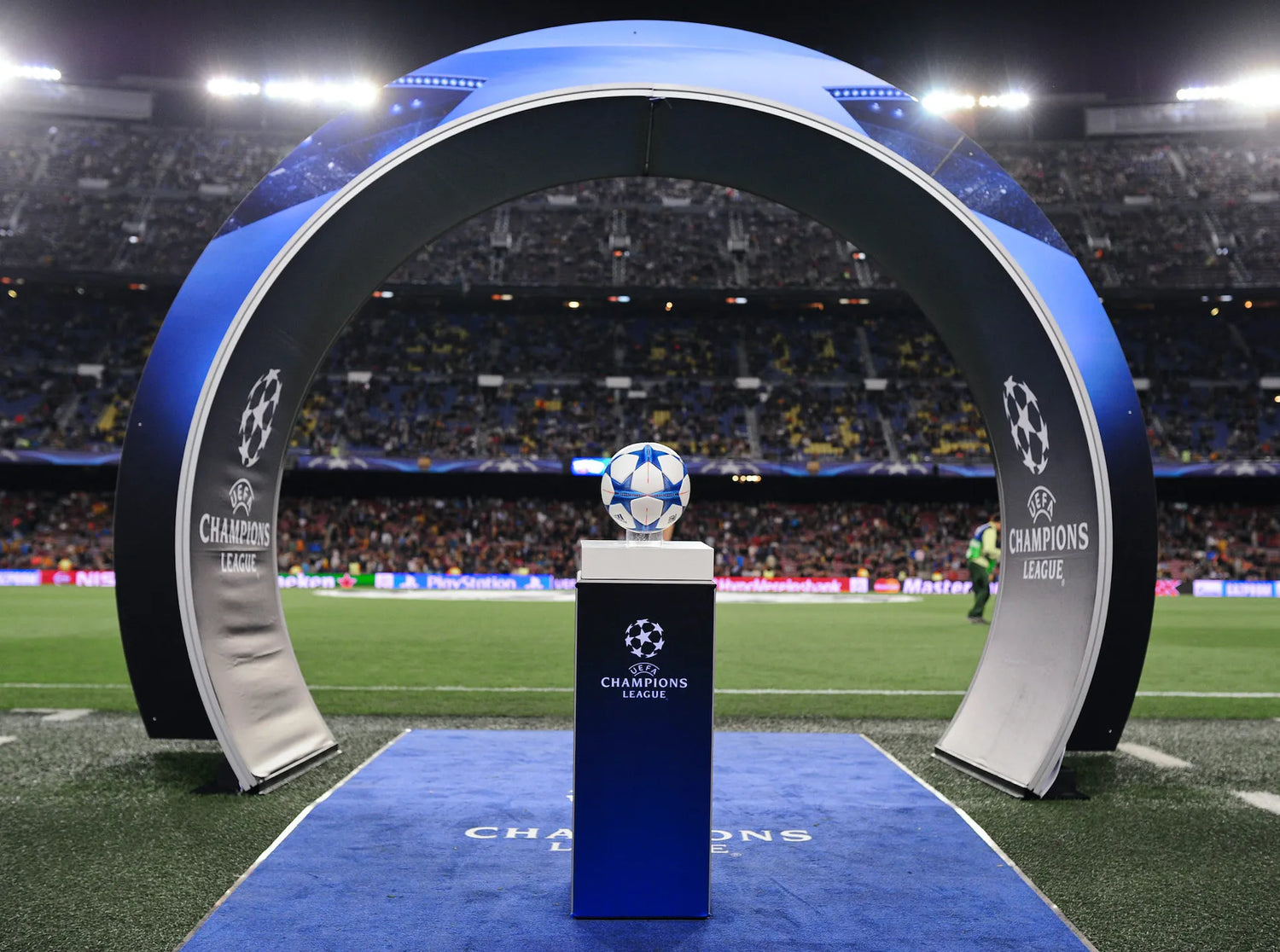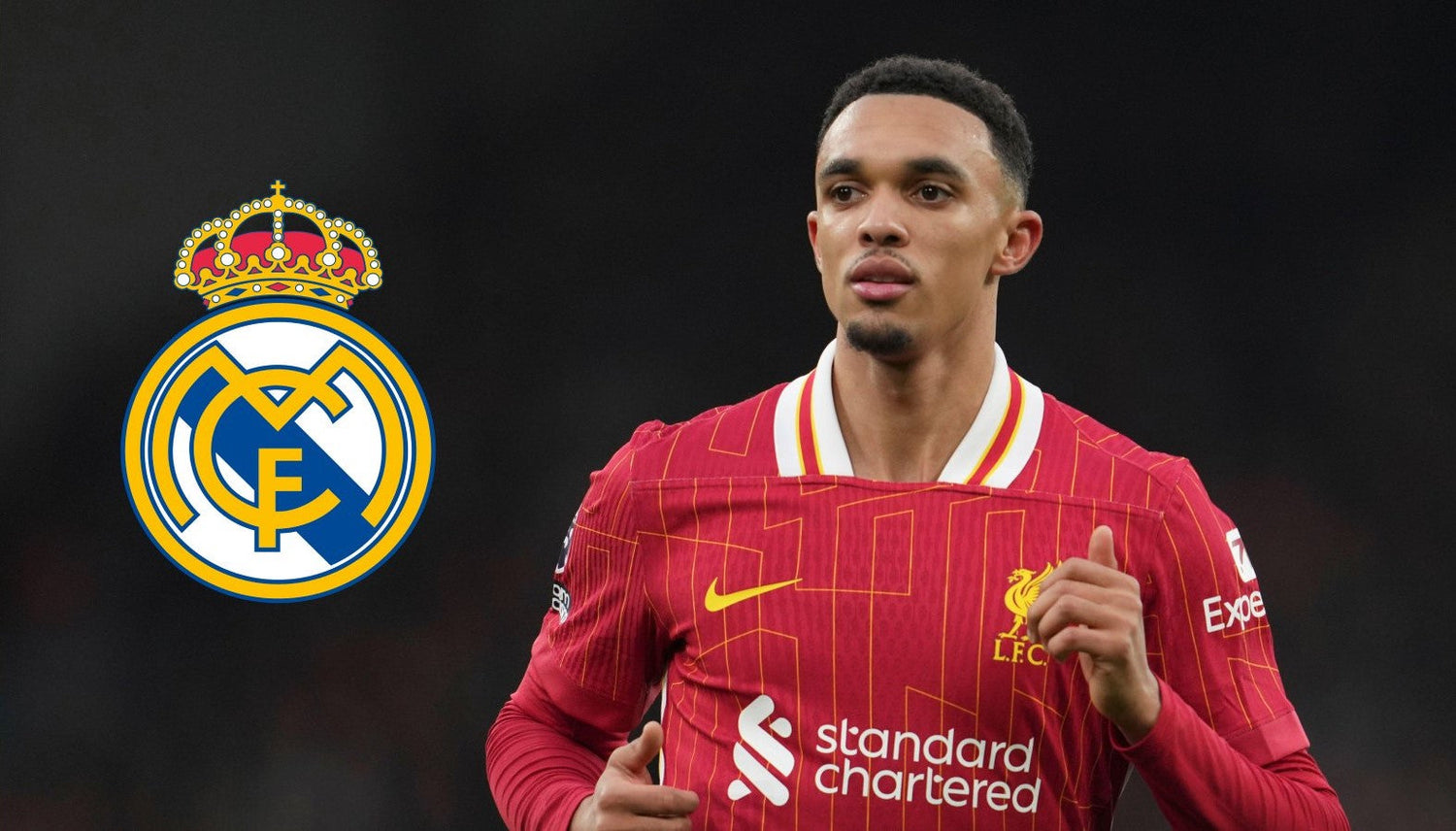Football shirts aren’t just fashion, they’re collectibles. Retro kits in particular have gone from old souvenirs to high-demand items fetching hundreds, even thousands, on the resale market. But beyond nostalgia, what makes them a smart investment?
Here’s why collectors and fans alike see retro football shirts as cultural assets with lasting value.
1. Rarity Drives Value
-
Retro kits were produced in smaller quantities than today’s mass-manufactured shirts.
-
Once a shirt is out of circulation, its value rises, especially for limited runs like centenary editions or special tournaments.
👉 Example: Juventus 1997 Centenary Kit—rare and cult status makes it a grail.
2. Iconic Players Add Legacy
-
Shirts tied to legendary players skyrocket in desirability.
-
Maradona’s 1986 Argentina shirt or Ronaldo’s Brazil 1998 kit are timeless because of the moments tied to them.
-
Even non-match-worn replicas hold value if they’re linked to unforgettable eras.
3. Cultural Crossovers
-
Retro kits are streetwear staples.
-
Trends like blokecore and collabs with fashion labels (Palace x Juventus, Nike x Off-White) have pushed demand beyond sport.
-
This crossover ensures sustained interest from both fans and style-conscious buyers.
4. Limited Reissues Increase Desire
-
Brands like Adidas, Nike, and Umbro occasionally reissue retro kits.
-
Instead of hurting value, reissues often boost awareness, making originals even more collectible.
👉 Example: Nigeria’s 1996 kit gained huge attention when the 2018 release paid homage to it.
5. Emotional & Historical Value
-
Retro kits are tied to football memories, winning trophies, unforgettable goals, iconic players.
-
Collectors aren’t just buying fabric; they’re buying the story stitched into it.
-
That emotional pull is what drives long-term collectibility.
👉 Shop Classic Retro Football Shirts
6. Safer Than Trends
-
Modern kits change every year and lose relevance quickly.
-
Retro kits, by contrast, are timeless, they only get more iconic with age.
-
A shirt that was laughed at in the 90s (like Arsenal’s bruised banana) is now a prized possession.
Retro football shirts are more than nostalgic clothing—they’re cultural artefacts that appreciate in value over time. Rarity, history, and crossover appeal make them smart investments for collectors and fans alike.
💬 Do you see your retro shirts as fashion, fandom, or future investments?





